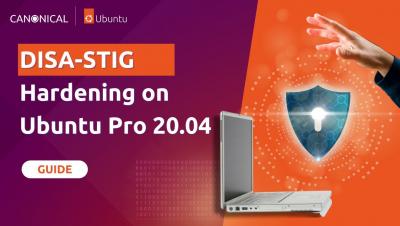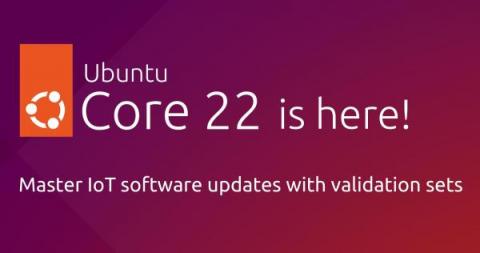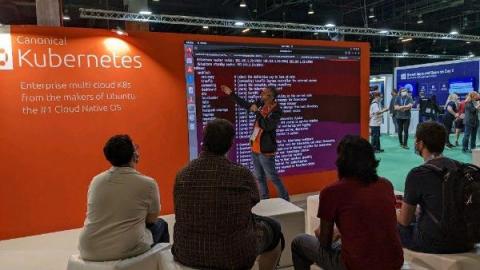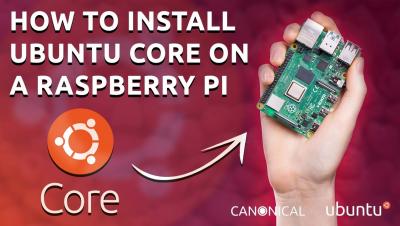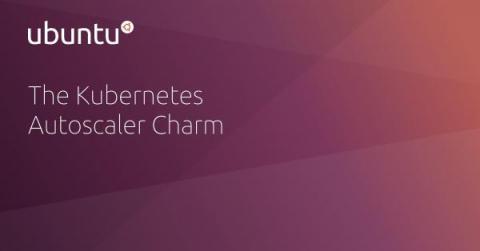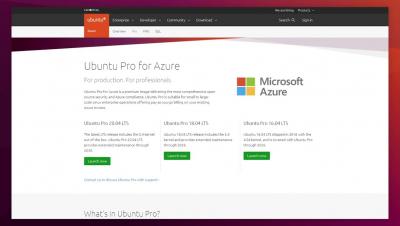New Active Directory Integration features in Ubuntu 22.04 (part 4) - Scripts execution
In this article we will focus on how you can use Active Directory to schedule startup, shutdown, login or logout scripts on your managed desktops through ADsys. In this area, as well as for all the other new features delivered by ADsys, we tried to offer a user experience as close as possible to the native one available in Microsoft Windows, with the aim of enabling IT admins to reuse the same knowledge and tools they acquired over the years to manage Ubuntu desktops.




